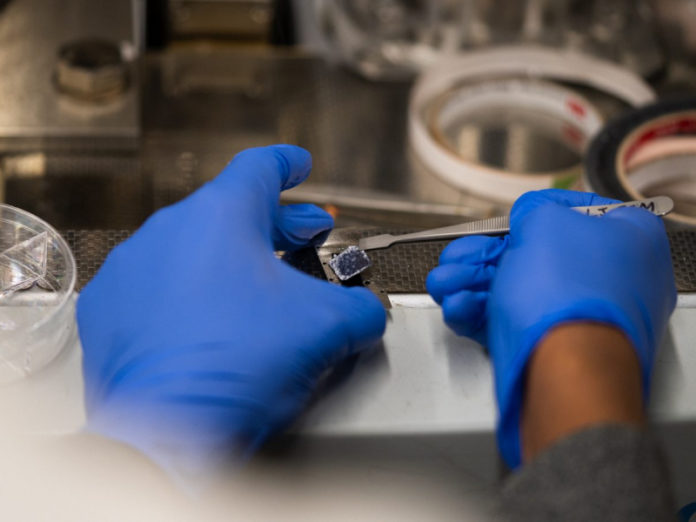
Image: Toyota Research Institute
Horizon Power – DERMS for rural microgrids
Western Australian regional power distributor has launched a plan to deploy distributed energy resource management systems (DERMS) at its more than 30 microgrids across the state over the next two years.
The plan follows a pilot – believed a first for Australia – with the implementation of a DERMS to orchestrate the Onslow microgrid, which demonstrated enabling more than four times the amount of rooftop solar to be installed than in a traditional energy system as well as the potential, in a 100-minute run, to deliver 100% green power from solar PV and batteries.
“This is the technology that will underpin the transition to 100% renewable towns,” asserts Horizon Power’s General Manager Technology & Digital Transformation, Ray Achemedei.
Generally, DERMS have been implemented in grid-connected microgrids for islanding control among other applications. With approximately 60% of Horizon Power’s energy systems currently dealing with limits on rooftop solar, the DERMS deployment should increase solar access for customers.
The deployment is set to start early next year and be completed by mid-2024.
China’s State Grid – 3 second rural outage recovery
China’s State Grid Corporation is reported to have reduced the recovery from outages in residential communities down to three seconds from the six to ten hours that traditionally has been required with the implementation of artificial intelligence-based self healing.
The South China Morning Post citing the national Science and Technology Daily has reported that a month-long test run took place at residential community with more than 200 families in Urumqi in Xinjiang region to demonstrate the system’s effectiveness – and making the community one of the most ‘sensored’ locations in the country.
“In the past these sensors and related data transmission technology were only available for high voltage power lines. Now they are making ways into neighbourhoods,” an unnamed engineer was quoted as saying.
According to the report, blackouts are rare in China, especially in the cities, but despite the efficiency of workers can still take hours to fix.
State Grid has been using AI in its daily operations for years but its application has been restricted mainly to the backbone networks or to prevent outages for industrial users.
Micro-engineering electrodes to cut battery costs
New, easily fabricated, high performance carbon microlattice electrodes could soon be used to make cheaper batteries powered by readily available sodium ions as an alternative to lithium-ion, according to researchers at Japan’s Tohoku University.
Using 3D stereolithography to print microlattice structures made from resin, which are then shrunk by carbonising them via pyrolysis, the researchers have been able to produce hard carbon anodes that allow fast transportation of energy generating ions – getting around the traditional approach of requiring thicker electrodes that in turn restrict the ion movement.
The researchers’ next aim to use this same approach to make a cathode, and ultimately to use these finely architected electrodes for making high performing, cost effective sodium-ion batteries.
The finer the lattice structure, the researchers found its performance improved, suggesting that as 3D printers gain increasing resolution, sodium-ion batteries could eventually outperform their lithium-ion counterparts.
New materials to drive the energy transition
Toyota Research Institute and Northwestern University have launched a collaboration on what they call “the world’s first nanomaterial ‘data factory’” to discover and develop new materials that can power the clean energy transition.
The methodology utilises AI to search sets of nanoparticle combinations of usable elements in the periodic table to find the best materials for a given application – the first of which is focussed on discovering new catalysts to make fuel cell vehicles more efficient and reduce the reliance on expensive rare materials such as platinum and iridium.
The partners believe the methodology goes far beyond the traditional trial and error with its potential to explore vast parameter sets and that it will have wide-ranging applications in the future.
The basis for the ‘data factory’ is Northwestern’s Megalibraries containing large-scale materials structural data.
“This groundbreaking research marks an inflection point in how we discover and develop critical materials,” said Chad Mirkin, director of the International Institute for Nanotechnology at Northwestern of the partnership.